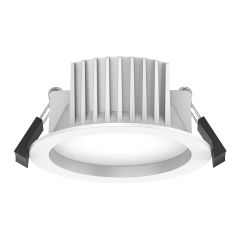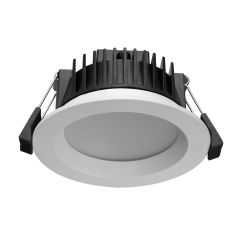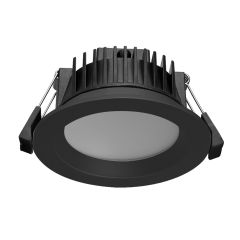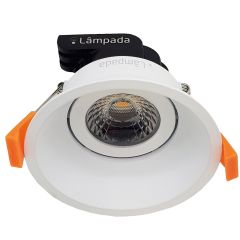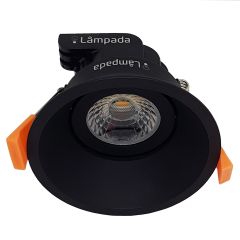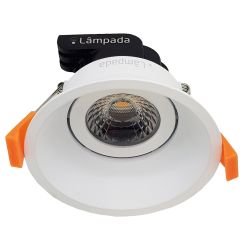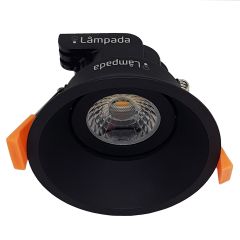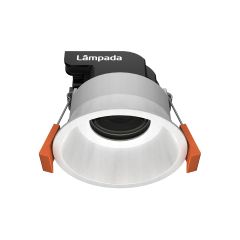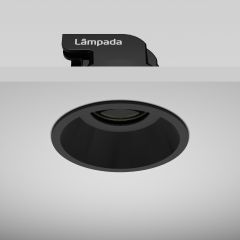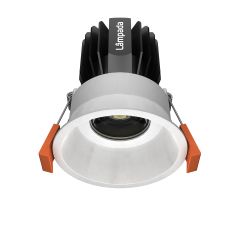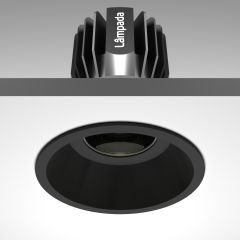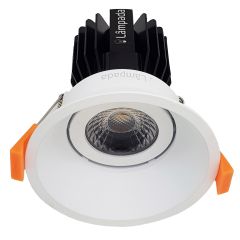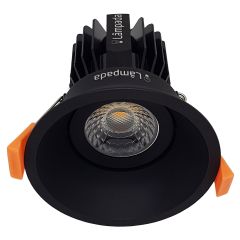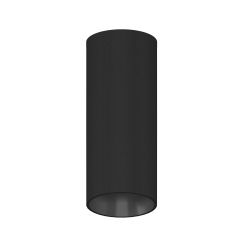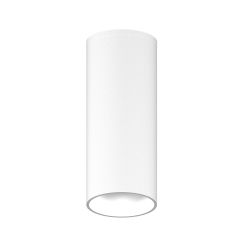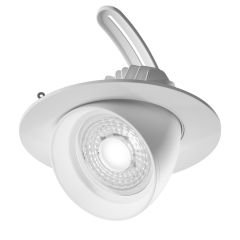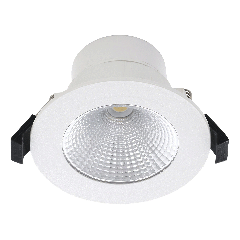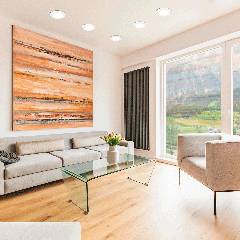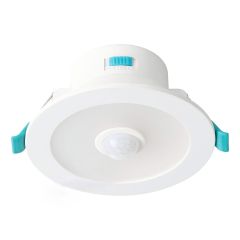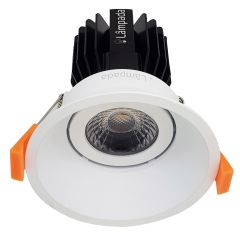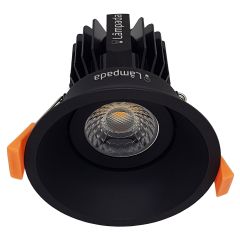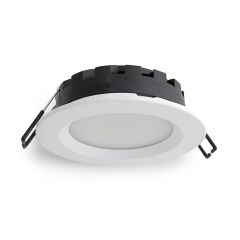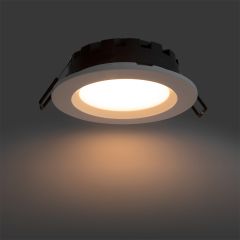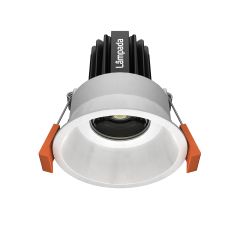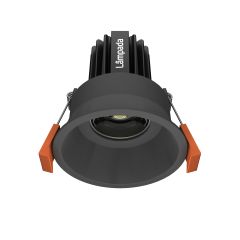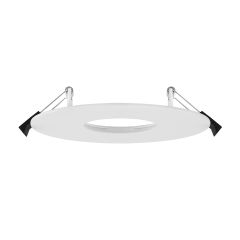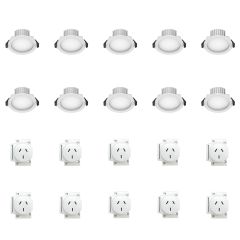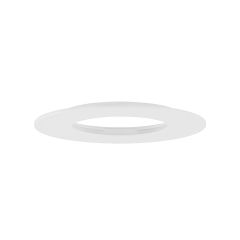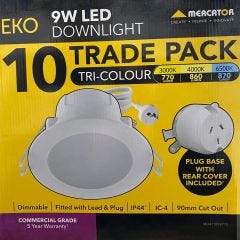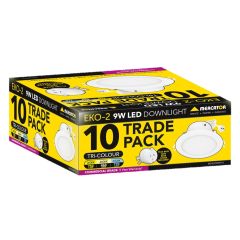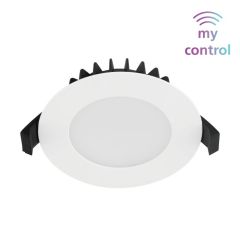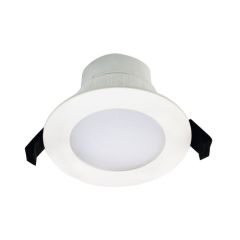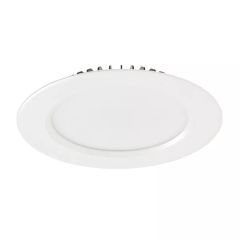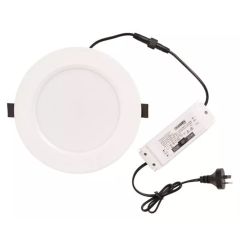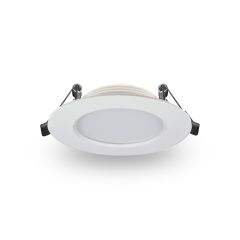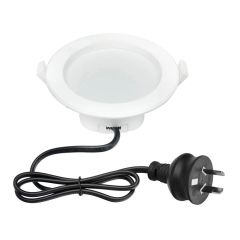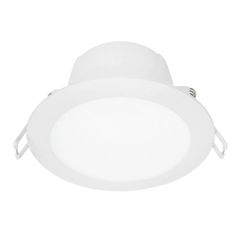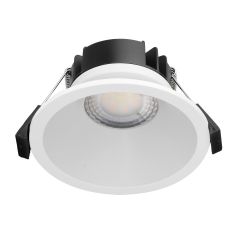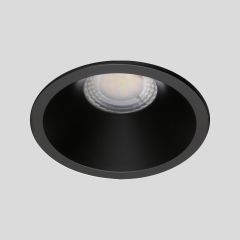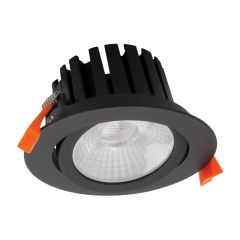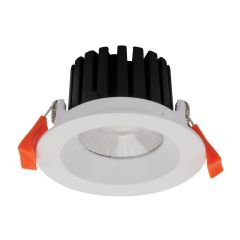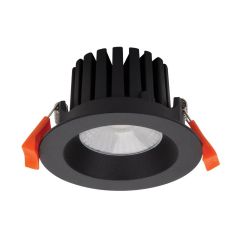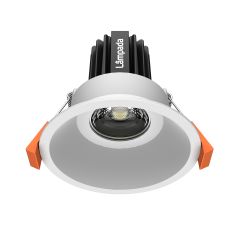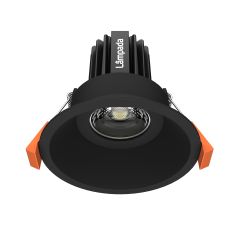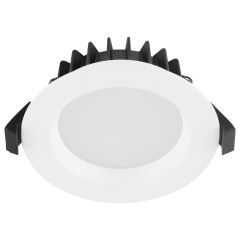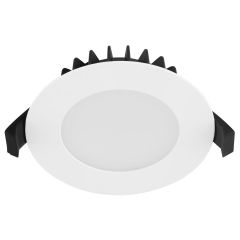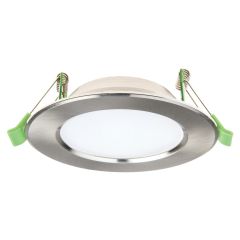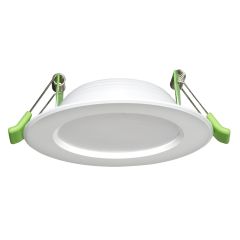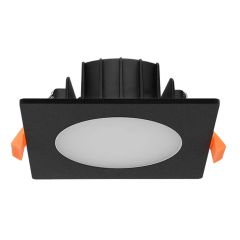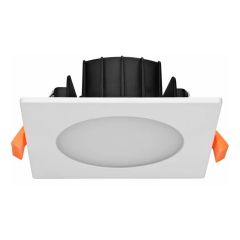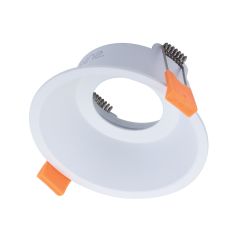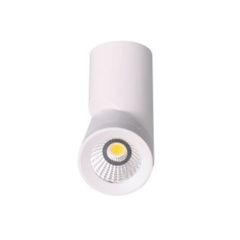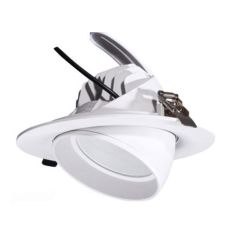LED Downlights
Downlights, which are also referred to as recessed lights, play a significant role in residential lighting designs. They contribute to creating an atmosphere of sophistication and style in various living areas and have been in use for a considerable period. Although LED downlights have existed since the early 1960s, they didn't gain widespread popularity in Australia until around 2008. The transition to LED technology has been relatively slow due to the ban on the sale of halogen downlights, which took effect in late 2021. Consequently, if you have plans to install or replace downlights in the near future, your only option will be to choose LED downlights. But what exactly are LEDs? LED stands for Light Emitting Diode, and they are composed of semiconductors (diodes) that emit light when an electric current passes through them. This is in contrast to incandescent bulbs that produce light through heat generation. The advantage of LED lights lies in their higher efficiency compared to traditional incandescent or halogen bulbs.
Gimble Downlights
Gimbling refers to the capability of adjusting the direction of a downlight. It involves having an adjustable frame that allows you to tilt the downlight in the desired direction. While gimble downlights provide an added luxury, they are not essential for all customers, similar to dimmable downlights. However, for customers with sloped ceilings or instances where the downlight is not positioned directly above a task area, the gimble feature becomes advantageous. It enables you to tilt the downlight towards the specific area you want to illuminate.
Tri-Colour CCT LED Downlights
Tri-colour, or CCT, is a term used to describe light fixtures that offer the flexibility to switch between different colour temperatures: warm white, cool white, and daylight. Users can adjust the color temperature either by accessing controls located on the back of the fitting or by following a specific power ON/OFF sequence and selecting from options such as 3000K, 4000K, and 6000K. When someone purchases a CCT LED downlight, they gain the ability to easily modify the colour temperature according to their preferences.
Smart LED Downlights
Owning a smart LED downlight offers a range of advantages. You have the capability to connect it to popular smart home devices like Google Home and Alexa, allowing you to control your lights through voice commands and enjoy features like setting specific times for the lights to turn on and off. Additionally, with a smart LED downlight, you can easily adjust the colour temperatures to create different lighting atmospheres. The installation process is hassle-free as well; all you need is a Wi-Fi connection to get started and unlock the full potential of your smart downlight.
Surface Mounted LED Downlights
If you have ceilings that are challenging to recess, a surface mount downlight provides an ideal solution. These downlights can be directly mounted onto the outside surface of the ceiling, eliminating the need for complicated recessed installations. This makes surface mount downlights a convenient choice for ceilings where recessing is difficult or not possible.
Outdoor LED Downlights
LED downlights with an IP5X or IP6X rating or higher are designed to be completely sealed and provide full water resistance. This makes them an excellent choice for outdoor applications. With this rating, you can be confident that these downlights can withstand exposure to moisture and are specifically designed to be suitable for outdoor use. Their water-resistant properties ensure their durability and reliability, making them a perfect option for illuminating outdoor spaces.
Fire-Rated LED Downlights
Fire-rated downlights are specifically designed to prevent the passage of flames through the hole in the ceiling where they are installed. They achieve this by incorporating a special component called an intumescent pad. This pad reacts to heat and rapidly expands when exposed to a specific temperature threshold. As a result, it fills the opening in the ceiling, effectively blocking the spread of flames. This innovative design distinguishes fire-rated downlights from their traditional counterparts and significantly improves fire safety by impeding the propagation of fire.
DALI LED Downlights
DALI, which stands for Digital Addressable Lighting Interface, is a communication protocol that facilitates a bidirectional connection between compatible lighting devices, allowing them to connect and work together seamlessly. As a digital protocol, DALI has gained significant traction as a widely adopted standard in architectural projects worldwide.
One notable advantage of DALI is its ability to enhance the performance of LED downlights compared to traditional lighting solutions. By leveraging DALI, complex lighting sequences and scheduling can be achieved for each individual downlight. This enables the implementation of customized lighting configurations, leading to improved energy efficiency.
Downlight Dimmers
A dimmer is a device that you can attach to a light fixture, like a downlight, in order to adjust the brightness of the light. It works by altering the voltage waveform that is supplied to the lamp, allowing you to decrease the intensity of the light output. With a dimmer, you have the flexibility to either increase or decrease the brightness of the light according to your preference.
Downlight Plug Bases
Downlight plug bases, similar to surface socket outlets, offer a convenient solution for managing your home lighting. They provide an effective means of installing or removing light fittings that come with plugs. By having a surface socket outlet in place, you can effortlessly connect a light fitting with a plug, without requiring the services of an electrician. This grants you the ability to easily install or change light fixtures according to your preferences, giving you greater control over your home's lighting arrangement.
Bathroom Downlights
When you want to install downlights in a bathroom, it is crucial to use a specific type of downlight that has a high IP rating, typically IP65. The IP65 rating indicates that the downlight is equipped with a robust seal that protects it from water and dust. This level of protection is essential in a bathroom environment where moisture and humidity are present. By choosing an IP65-rated downlight, you can ensure that it is resistant to water and dust, making it suitable for safe installation in a bathroom setting.




